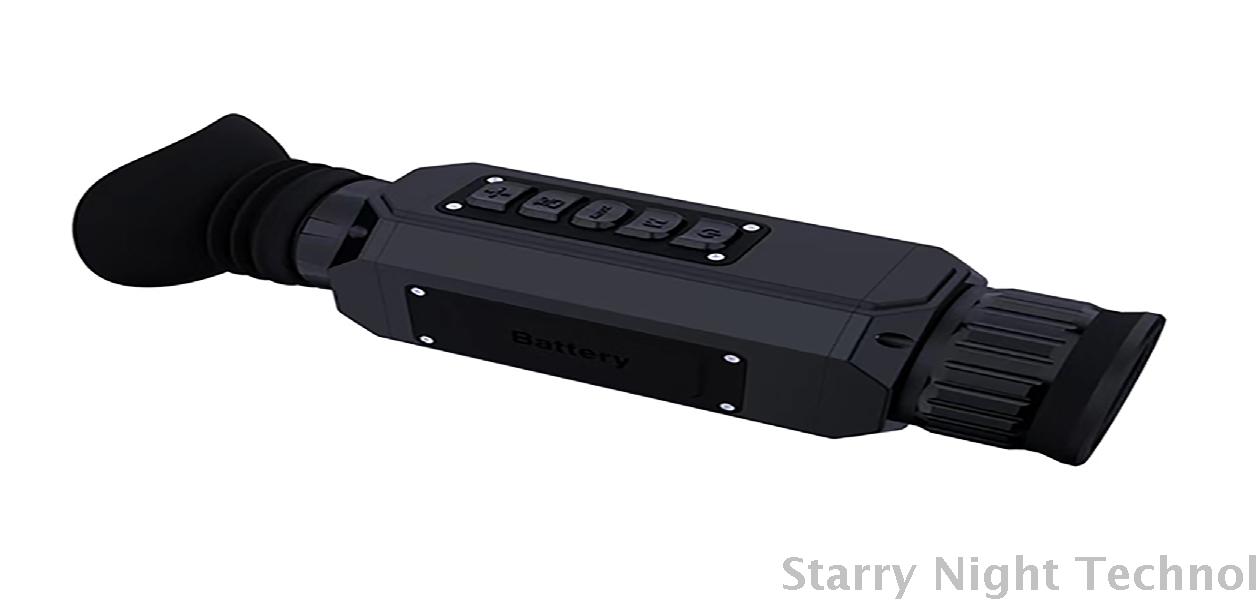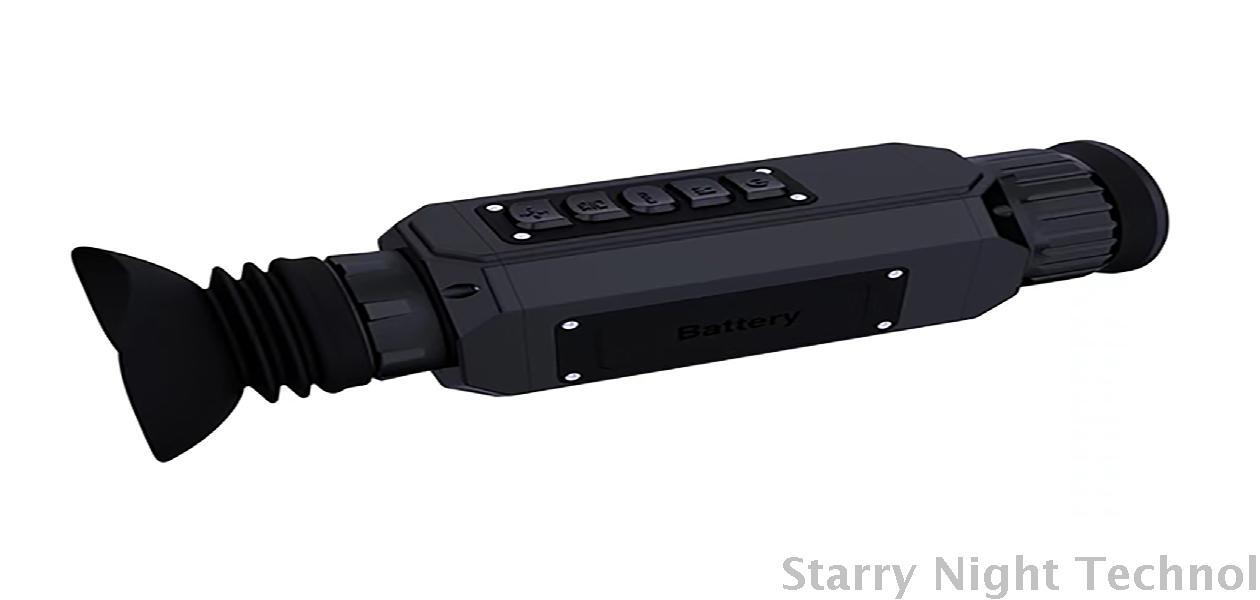Night Vision Technology: Enhancing the Efficiency of Energy Infrastructure Inspections
1758074422000

In today's fast-paced industrial landscape, ensuring the safety and efficiency of energy infrastructure has never been more critical. From oil rigs to wind farms, energy companies must conduct regular inspections to maintain their operations and avoid downtime that could cost millions. Traditional inspection methods are often limited by daylight hours or weather conditions, making it a challenge for operators to achieve the thoroughness required for modern energy systems. However, advancements in night vision technology are providing new opportunities for enhanced oversight and operational integrity.
#### Understanding Night Vision Technology
Night vision technology typically employs various methods, including image intensification and thermal imaging. Image intensification captures and amplifies available light, enabling users to see during low-light conditions without additional artificial sources. This method can be particularly useful when inspecting areas where ambient light is minimal but not entirely absent, such as substations or pipelines located near urban environments.
Thermal imaging, on the other hand, detects heat emitted from objects, allowing inspectors to identify issues based on temperature differentials. This method excels in complete darkness and adverse weather conditions since it does not rely on visible light for operation. By translating infrared radiation into an image, thermal cameras can reveal problems like equipment overheating, electrical insulation failures, and potential leaks—all invisible to the naked eye at nighttime.
#### Benefits of Night Vision Technology in Inspections
1. **Extended Operational Hours**: One significant advantage of night vision technology is its ability to extend operational hours beyond traditional daylight limits. Electricity generation is essential around the clock; power plants operate continuously, and any disruption can have cascading effects throughout the grid. Night vision-equipped inspections allow energy firms to monitor facilities overnight, ensuring adequate oversight even when employee activity is reduced.
2. **Enhanced Detection Capabilities**: With specialized sensors, operators can detect irregularities that might otherwise go unnoticed during standard inspections. For instance, increased temperatures can signal faulty transformers at a substation or identifying insulation weaknesses before they evolve into catastrophes. The proactive approach facilitated by night vision effectively mitigates risks associated with failing infrastructure.
3. **Improved Safety**: Many energy infrastructures—such as offshore drilling platforms, remote solar farms, or wind turbine installations—pose inherent safety risks due to challenging locations or environmental conditions. Conducting inspections after dark in these settings traditionally results in increased safety hazards for personnel, whether from navigating tricky terrain or dealing with risky equipment checks. Utilizing drones equipped with night vision capabilities removes human exposure while maintaining necessary surveillance over potentially dangerous sites.
 5. **Cost-Effectiveness**: Though initial investments in advanced night vision tools may seem daunting, the long-term savings produced through preventive maintenance, minimized outages, and optimized asset management all suggest compelling ROI. Potentially preventing costly emergencies means avoiding substantial repair expenses and lost revenue during prolonged system downtimes.
5. **Cost-Effectiveness**: Though initial investments in advanced night vision tools may seem daunting, the long-term savings produced through preventive maintenance, minimized outages, and optimized asset management all suggest compelling ROI. Potentially preventing costly emergencies means avoiding substantial repair expenses and lost revenue during prolonged system downtimes.#### Applications in Various Energy Sectors
The versatility of night vision technology spans across multiple sectors within energy:
- **Oil & Gas**: In these verticals, conducting pipeline inspections and leak detecsion in off-shore drilling sites becomes paramount, especially under cover of darkness (either figuratively or literally). As regulators increase scrutiny surrounding compliance and sustainability efforts, the adaptability of thermal imaging provides a solution.
- **Renewable Energy**: Wind turbines and solar farms fit perfectly within the night vision paradigm—trained to analyze insulative vulnerabilities or bird migrations affecting large arrays. Monitoring field conditions regardless of time empowers service crews to prioritize labor-focused corrective measures no matter how late in the day.
- **Electrical Grid Management**: Reliable electricity supply requires proper surveillance of transmission lines and substations. Night services combined directly with analytics leverage this myriad network’s architecture promptly and affordably.
#### Conclusion
The integration of night vision technologies into the inspection protocols of energy infrastructure carries transformative potential through heightened accuracy, accessibility, and efficiency. Companies are better positioned to prevent disasters, practice safe energy distribution, and bolster regulatory compliance. Centralizing networking upgrades—as well as extending legacy physical frameworks—is crucial in adapting resilient practices amidst constellating complexities unique to future energy demands globally.
As firms adapt to changing patterns resulting from climate change, fluctuating energy consumption rates, and growing digitization standards, investing in innovation will play a vital role in fostering resilience against age-old obstacles. Night vision stands out as an ideal blend of technological prowess meeting industry necessity, heralding broad usage paradigms advancing secure energy access 24/7.
Essential Night Vision Devices for TravelStarry Night Technol

